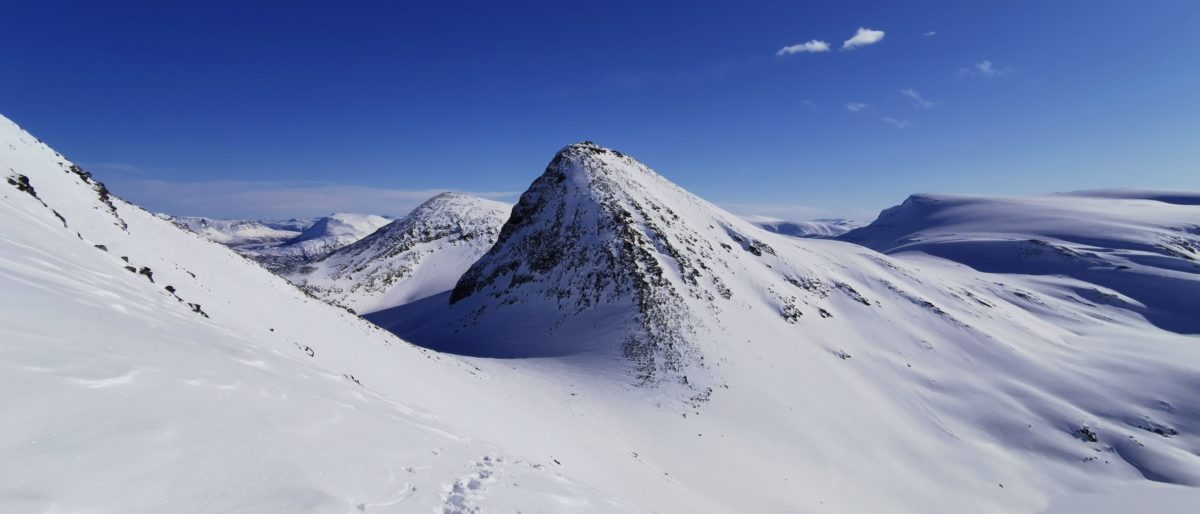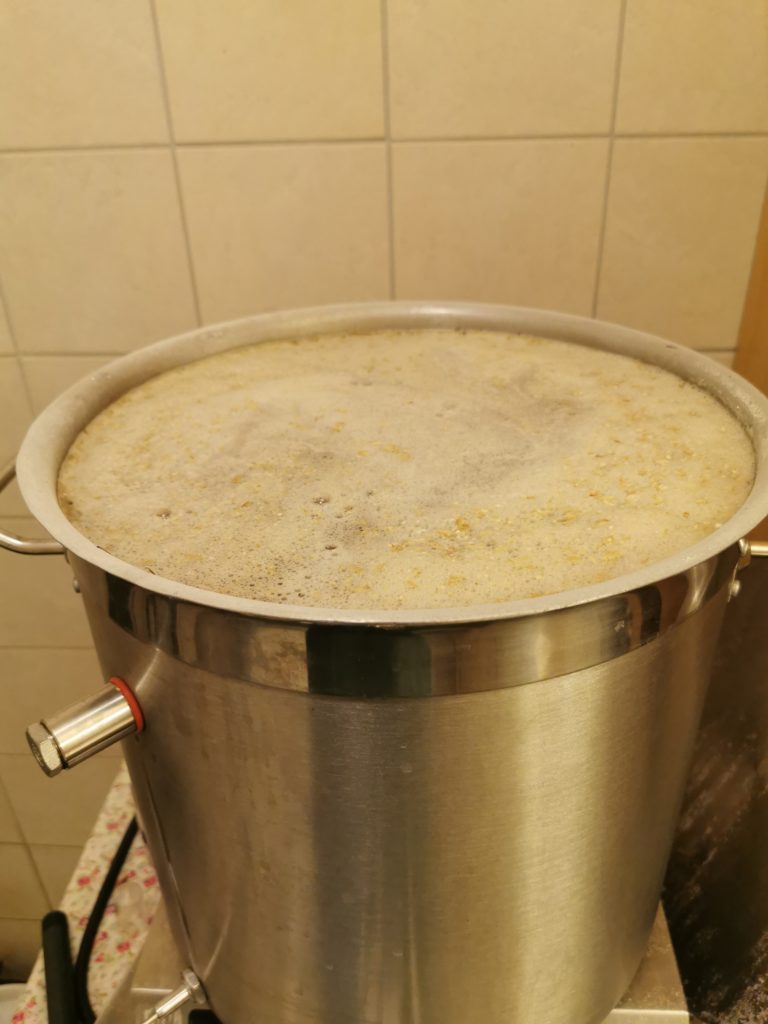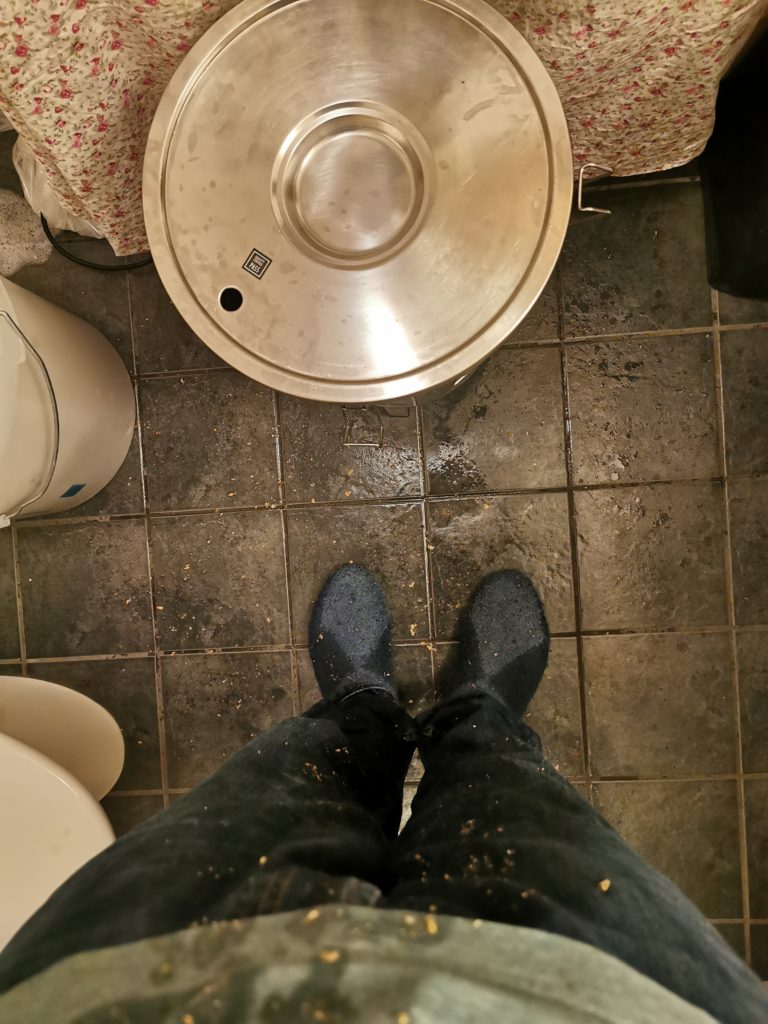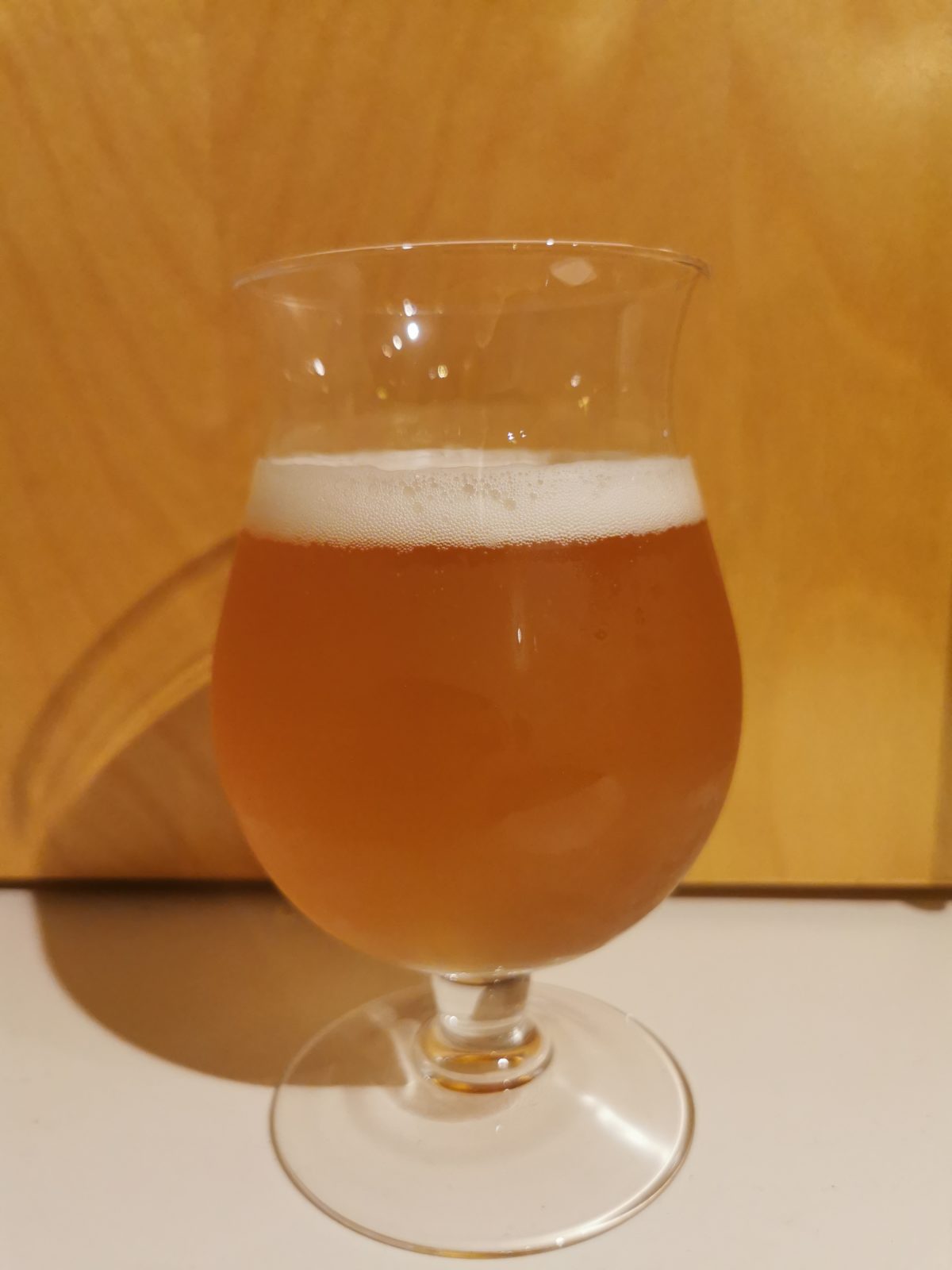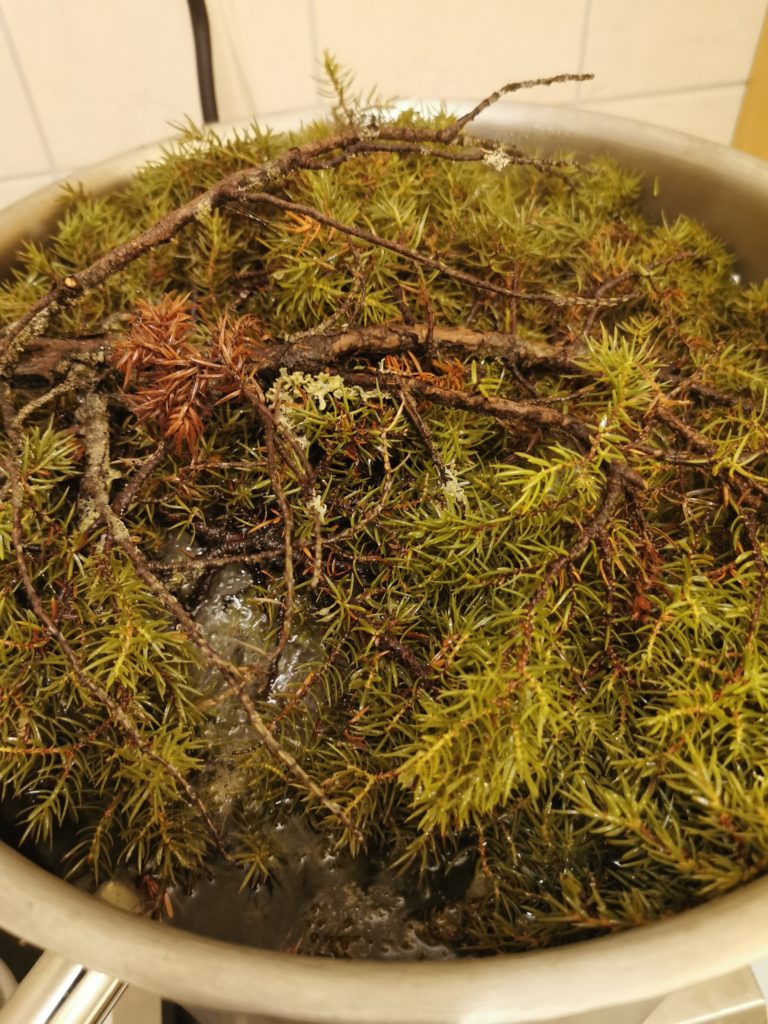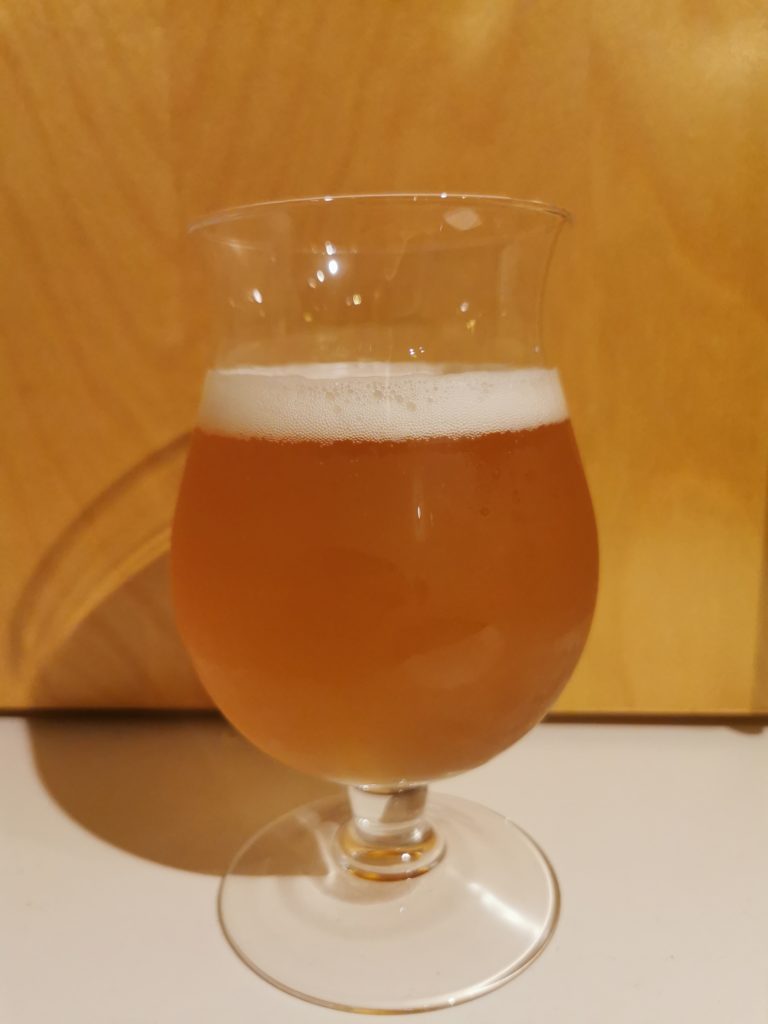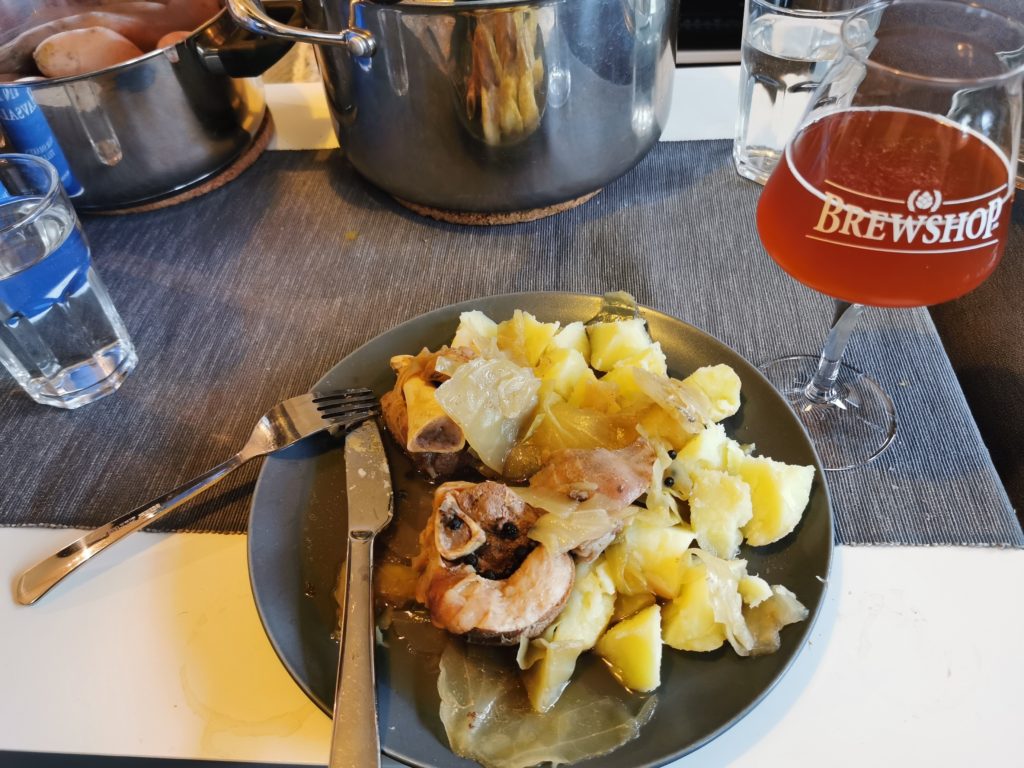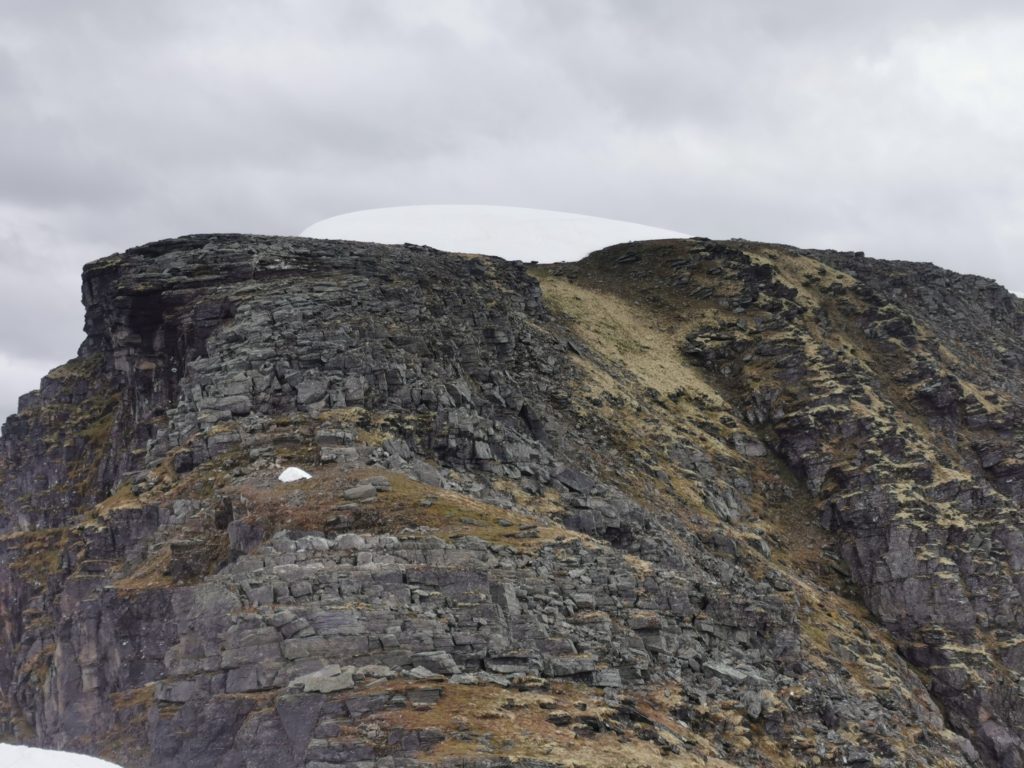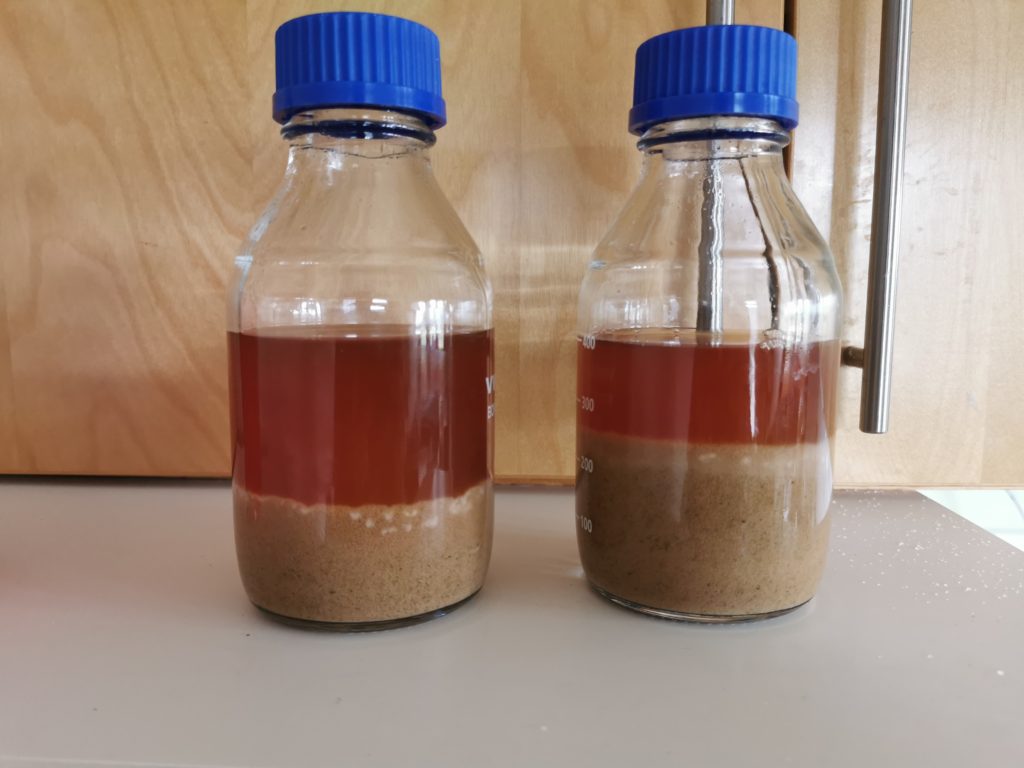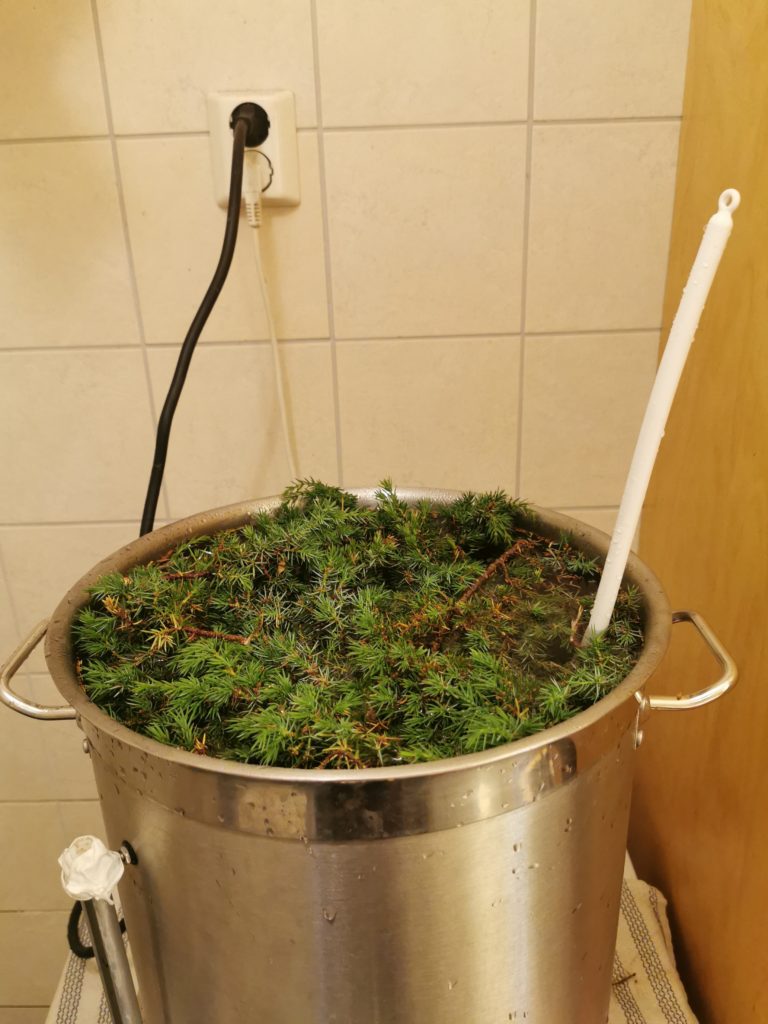My third and fourth batches of Hornindalsøl are a continuation of my struggle to master this interesting Norwegian farmhouse ale. This time I was also in a hurry as I had promised my good friend Kaveh to provide beer for his PhD-defence dinner. Actually, I had already made beer for the dinner, but as I explained in my previous post (https://sigurdjakobsen.no/?p=334), I was not happy with the result.
When I started planning these batches the alcoholic taste of the previous beer had not yet faded. Since, I was not sure what caused this taste I decided to order new Hornindalskveik to use for my next batch. While waiting for the Hornindalskveik, I planned to make Vossaøl. However, to my surprise the Hornindalskveik arrived quickly, and I decided to give it Hornindalen one more go. The original plan was to afterwards make a Vossaøl. Later I learnt that Vossaøl needs 4 days to ferment, which in my case was way too long. Consequently, I made two batches of Hornindalsøl for the dinner.
Several things went wrong for my last batch, and among one of them was the problem of the stuck mash. In my process for brewing this beer (explained https://sigurdjakobsen.no/?p=309 here), I do everything in one pot. This is to reduce the risk of contamination. However, it increases the risk of getting a stuck mash. To prevent the stuck mash I bought a mash bag and lifted the bag a bit everytime the mash got stuck. I put the bag inside the pot before adding junipers and water to ensure that it got properly disinfected.

Another change from my previous batches were that I misplaced my hops bag. When tapping the wort to the fermentor, it’s supposed to be filtered through a bag of hops. This hops filter together with a juniper filter will make the tapping slower, and almost serve as a separate mashing step (Garshol 2016). This time I just threw the hops in with the rest of the mash, since I already had the mash bag.
For the third batch, I was rather unlucky. I had forgotten to close the valve of the fermentor. I therefore, lost a lot of nice wort. In fact, I suspect I lost some of the wort with the highest gravity. Moreover, the beer took forever to cool down, so I asked my girlfriend to pitch the yeast the next day. For my fourth batch, I finally took to my senses and did what had to be done. Namely, I carried the fermentor out into the freezing cold. It was a heavy an annoying task, but the wort cooled down much faster.
From the plot above one can see that the third batch did not reach the desired gravity. I think that apart from spilling some wort and how I cooled it, the rest of the process was the same. The difference in the gravity is therefore likely due to the spilled wort. Just like my first attempt with Hornindalsøl the third batch fermented very slow. I think this may be due to yeast having to wait in room temperature a while before pitching. It could also be a result of high temperature while it was being sent as a letter by the post. In any case it’s not a problem if the fermentation has not finished, it can easily finish on a keg.
Luckily, the fourth batch finished right on time for the dinner. It even reached the correct FG, and was consumed happily by the dinner participants before we started on the third batch. I think, I have finally figured out how to make this beer. For my next post, I will try to summarize my process for making this beer together with the lessons I have learned.

A glass from my third Hornindalsøl batch. The foam is probably not according to the style
Reference
Garshol, Lars Marius. (2016 ). Gårdsøl: Det norske ølet. Cappelen Damm. ISBN 978-82-02-51746-5
